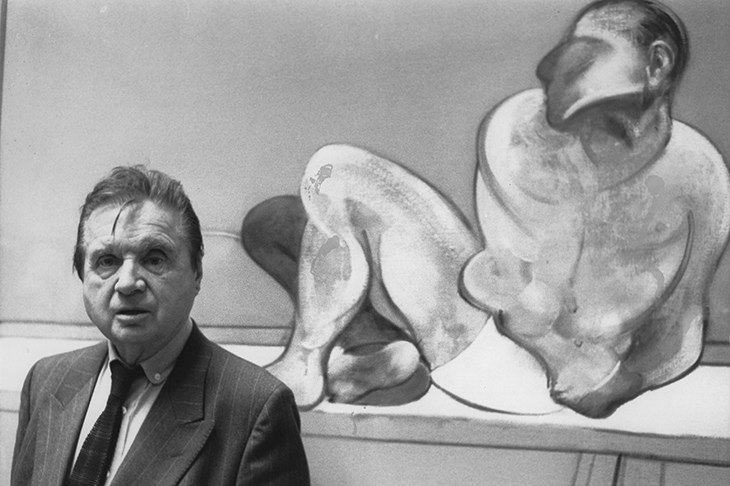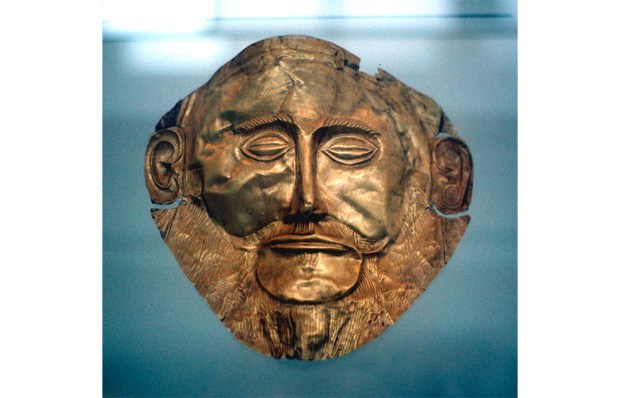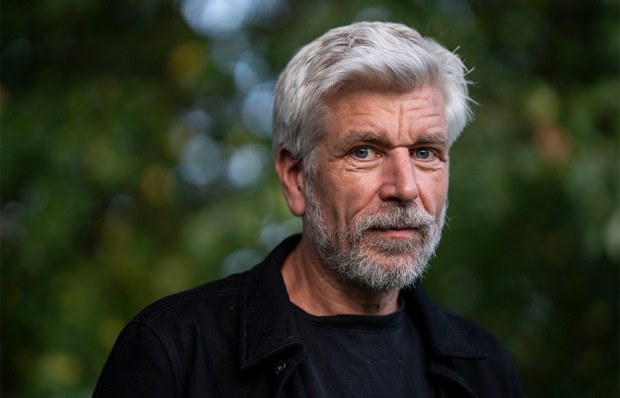Francis Bacon once told the art critic Richard Cork: ‘I certainly hope I’ll go on till I drop dead.’ Max Porter’s The Death of Francis Bacon is a book about painting to the end. It is about art, rags and the restless artist’s eye. Porter, the author of Grief Is the Thing With Feathers and Lanny,has called it ‘my attempt to write as painting, not about it’.
Already a subscriber? Log in
Subscribe for just $2 a week
Try a month of The Spectator Australia absolutely free and without commitment. Not only that but – if you choose to continue – you’ll pay just $2 a week for your first year.
- Unlimited access to spectator.com.au and app
- The weekly edition on the Spectator Australia app
- Spectator podcasts and newsletters
- Full access to spectator.co.uk
Or
Unlock this article
You might disagree with half of it, but you’ll enjoy reading all of it. Try your first month for free, then just $2 a week for the remainder of your first year.















Comments
Don't miss out
Join the conversation with other Spectator Australia readers. Subscribe to leave a comment.
SUBSCRIBEAlready a subscriber? Log in